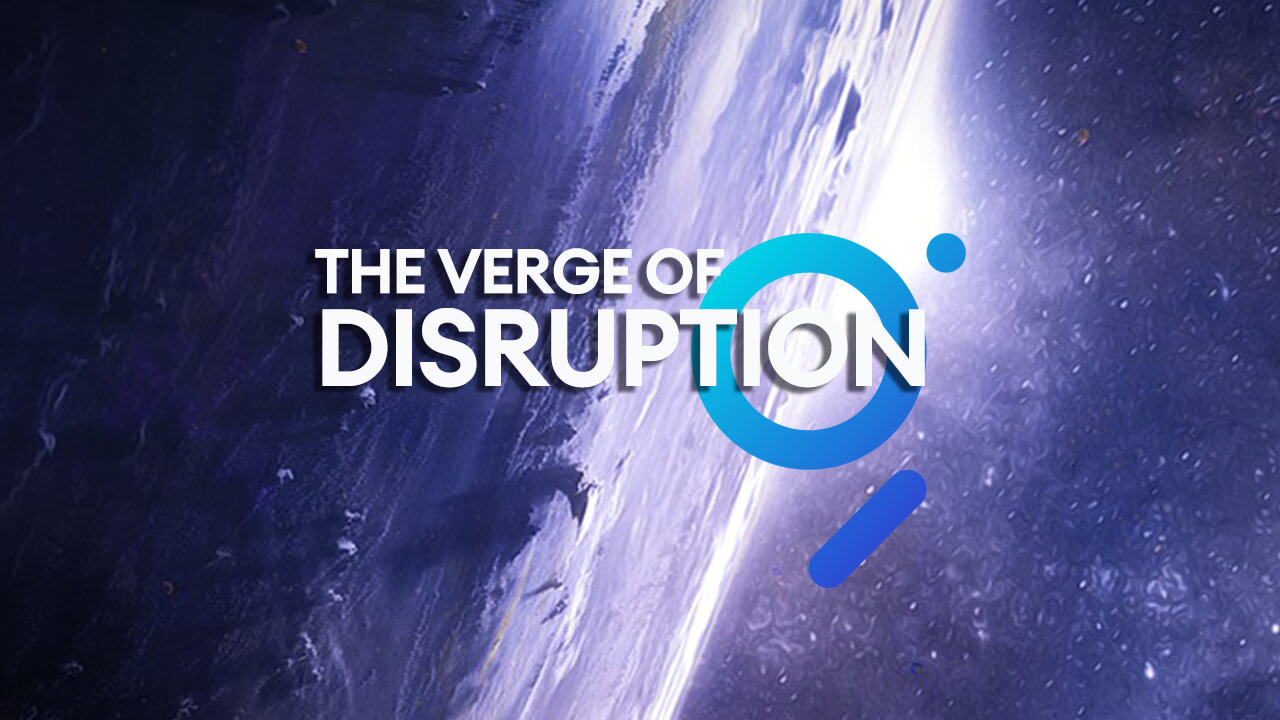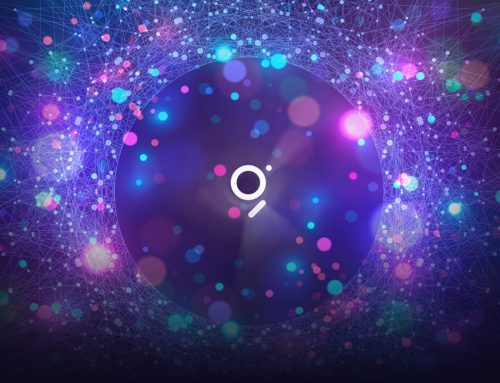The Verge of Disruption [#1]
In 2020, The Graph laid the quintessential foundation for becoming an integral part of the Web3 stack. It was the year in which The Graph Network saw the rapid and wide-spread adoption by industry leaders such as Uniswap, Balancer, Synthetix, Aave and Bancor.
More than two months have already passed since The Graph’s long anticipated mainnet launch. With the launch came the introduction of The Graph’s landmark protocol destined to disrupt centralized organizations by providing the infrastructure for a functioning Web3 and DeFi ecosystem.
Since the mainnet launch, many exciting developments have paved the way for a vibrant, decentralized future. In the first edition of our monthly roundup titled The Verge of Disruption, we’ll have close look at everything that happened within The Graph Ecosystem during the last weeks.
Continued Expansion to L1/L2 Blockchains
Ethereum was the first Layer 1 Blockchain that was natively supported by The Graph. In January and February 2021, The Graph Network opened its dynamic Web3 opportunities to a wider audience by adding support for the L1/L2 blockchains Polkadot, Solana, NEAR, Celo, Fantom and Polygon. The recent additions to The Graph’s vibrant community of more than 10,000 active developers and 8 integrated layer 1/2 blockchains mark an important juncture in blockchain development.
Every single integrated blockchain further enriches The Graph’s flourishing ecosystem brimming with more than 8,000 subgraphs that are providing applications such as Gnosis, Balancer, DAOstack and Decentraland with the vital data for their dApps. While Ethereum is riddled with congestion and high gas fees, The Graph moves towards a multiblockchain world to provide a stress-resistant and decentralized indexing layer to the entire Web3 ecosystem. This step will be even more important once data crucial to the use case of decentralized applicatons is spread across multiple storage layers and blockchains.
The Community is Taking Shape
Office Hours with The Graph’s Indexing Experts
In late February, a new Q&A format for Indexers was introduced with The Graph Indexer Office Hours. It is a welcome get together for Indexers and everyone else interested to join the discussions with Indexing subject matters experts like Jim Cousins, Garry Morris and Indexer_Payne. In the first two sessions, we saw the community members discuss a wide range of topcis from Indexer-related topics about infrastructure and software to governance discussions and community initiatives. If you want to catch up with the latest sessions, you can do so here.
Inaugurating The Graph Town Hall
The Graph Town Hall is a monthly get together in which the community can learn more about the latest updates from Edge & Node, The Graph Foundation, and community initiatives. In the very first Town Hall session, Eva Beylin, Director of The Graph Foundation, gave an update about grant evaluations and initiatives from community members.
Here’s the full recording of The Graph Town Hall.
NFTs and The Graph
We’ve also seen the very first NFT Subgraph Community Call in which developers building NFTs with The Graph talked about their ongoing projects. The call featured discussions on how subgraphs are used by NFT devleopers. The recording of the get together can be found here.
Kickstarting Edge & Node
The core team behind The Graph Protocol regrouped from Graph Protocol, Inc. to Edge & Node to emphasize the ongoing decentralization of the network. The new company is now out of stealth mode and continues to provide services to the wider Web3 ecosystem. You can learn more about Edge & Node here.
Conclusion
The Graph Network is at a pivotal junction and provides the foundation for a functioning Web3 and DeFi ecosystem that is destined to revolutionize the way the internet works. In the first two months of 2021, we’ve seen that The Graph provides a blockchain development stack that developers can utilize to seamlessly build decentralized applications that do not depend on a centralized server architecture.



